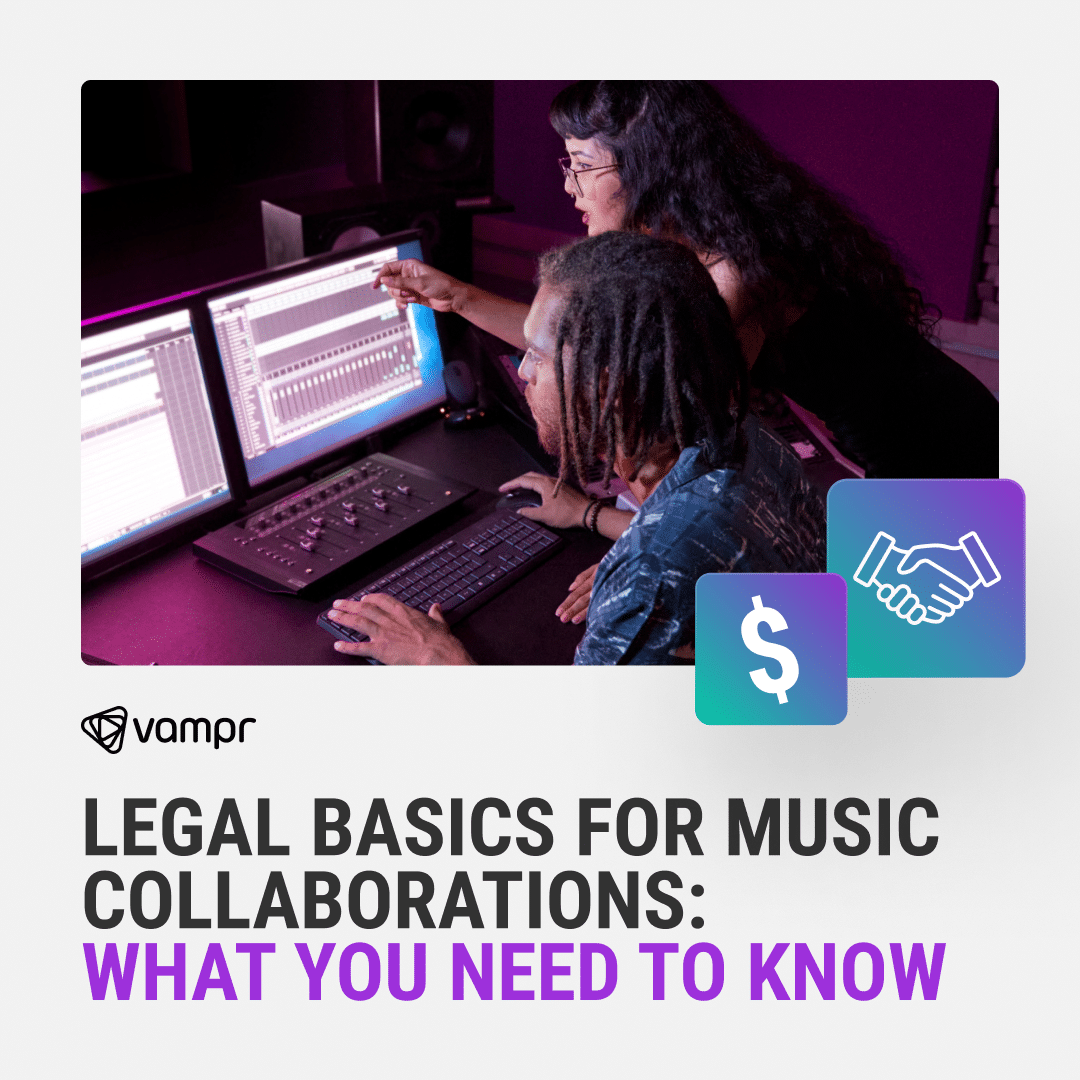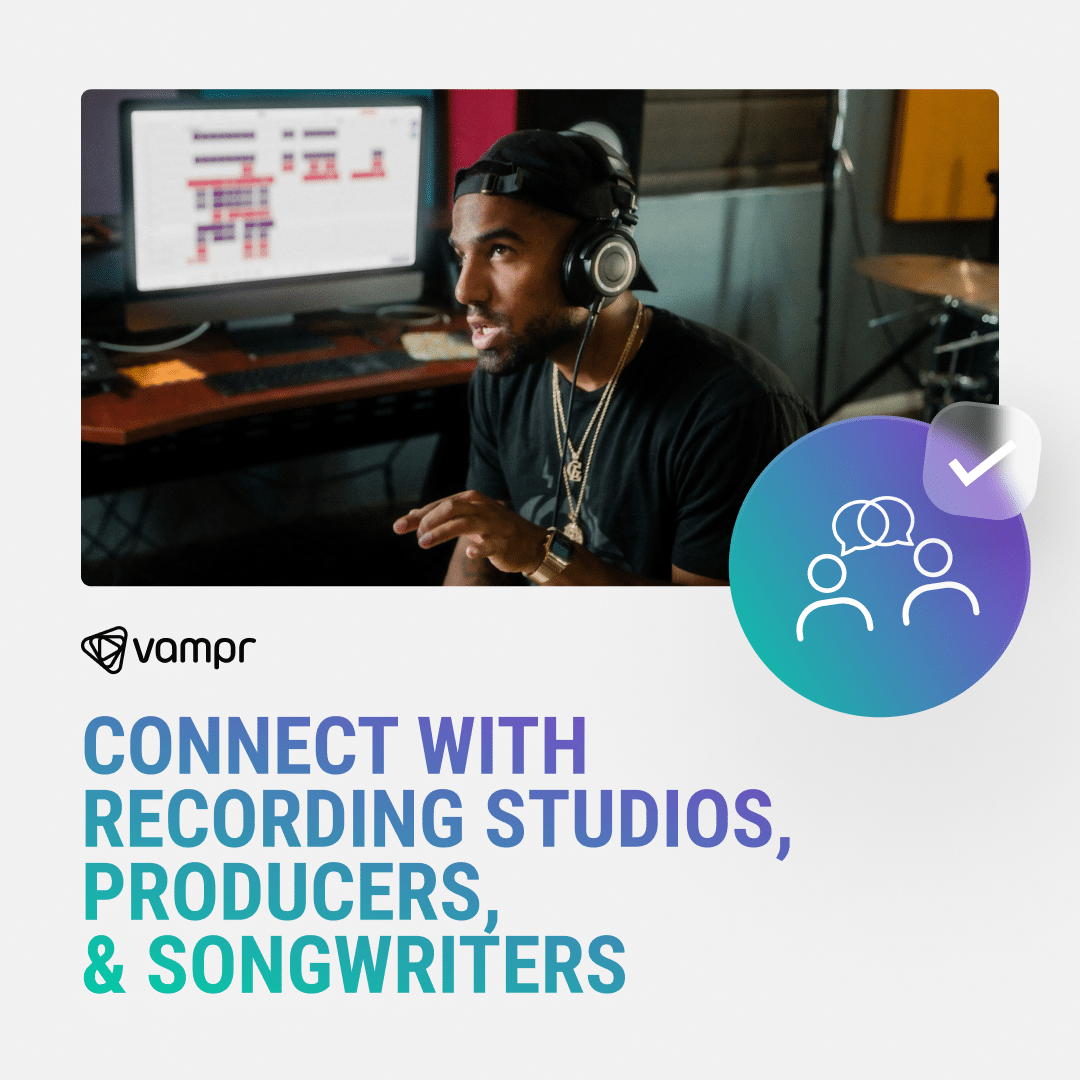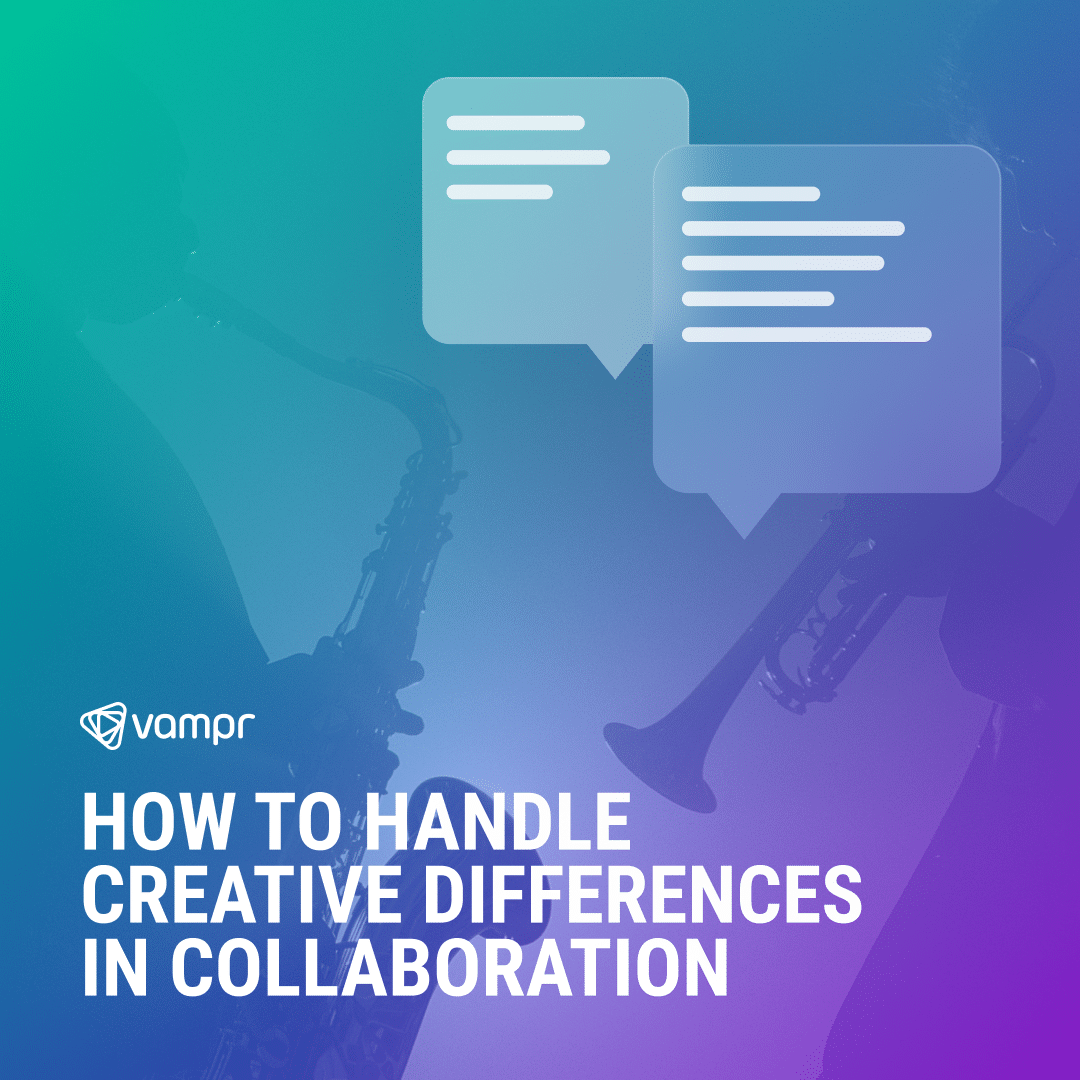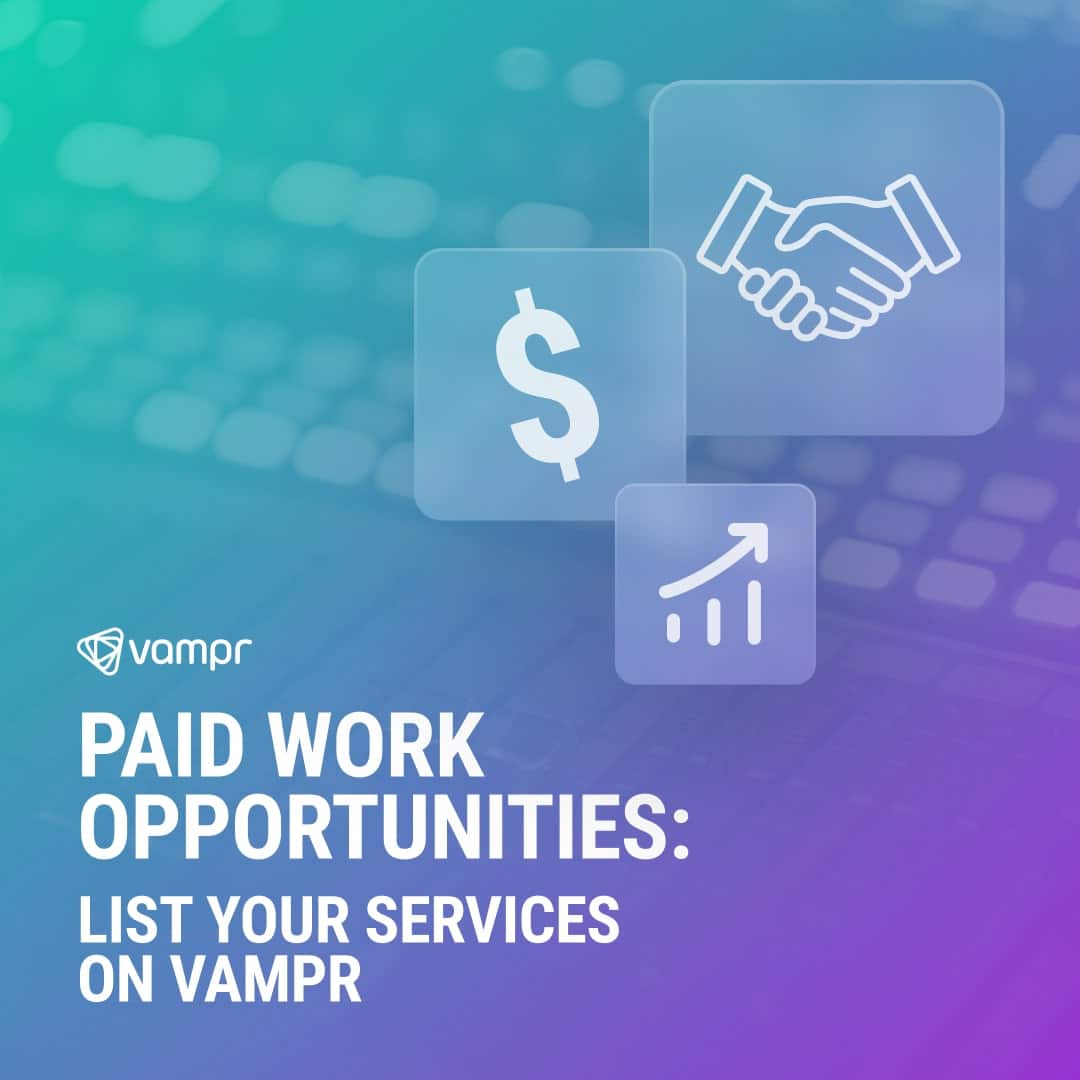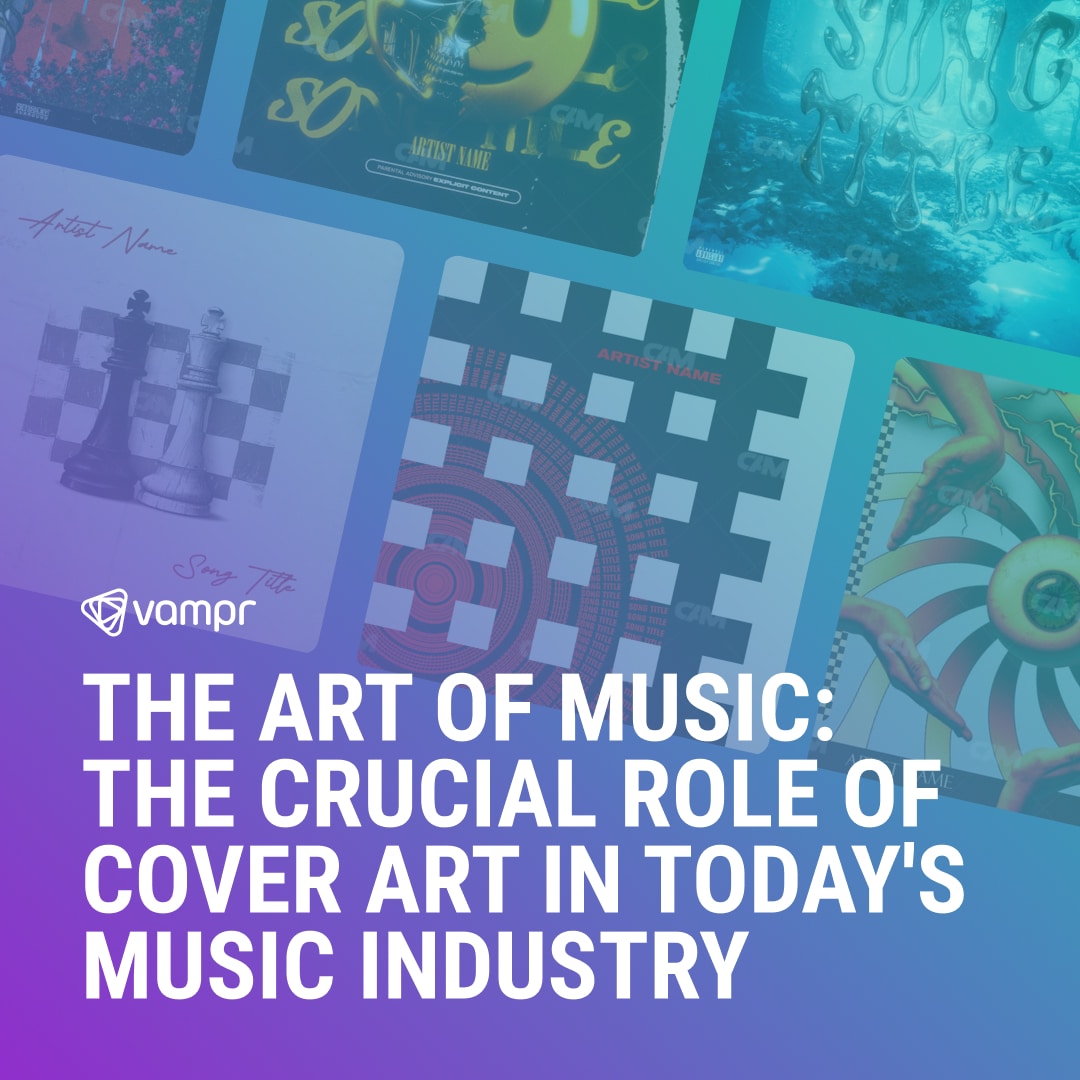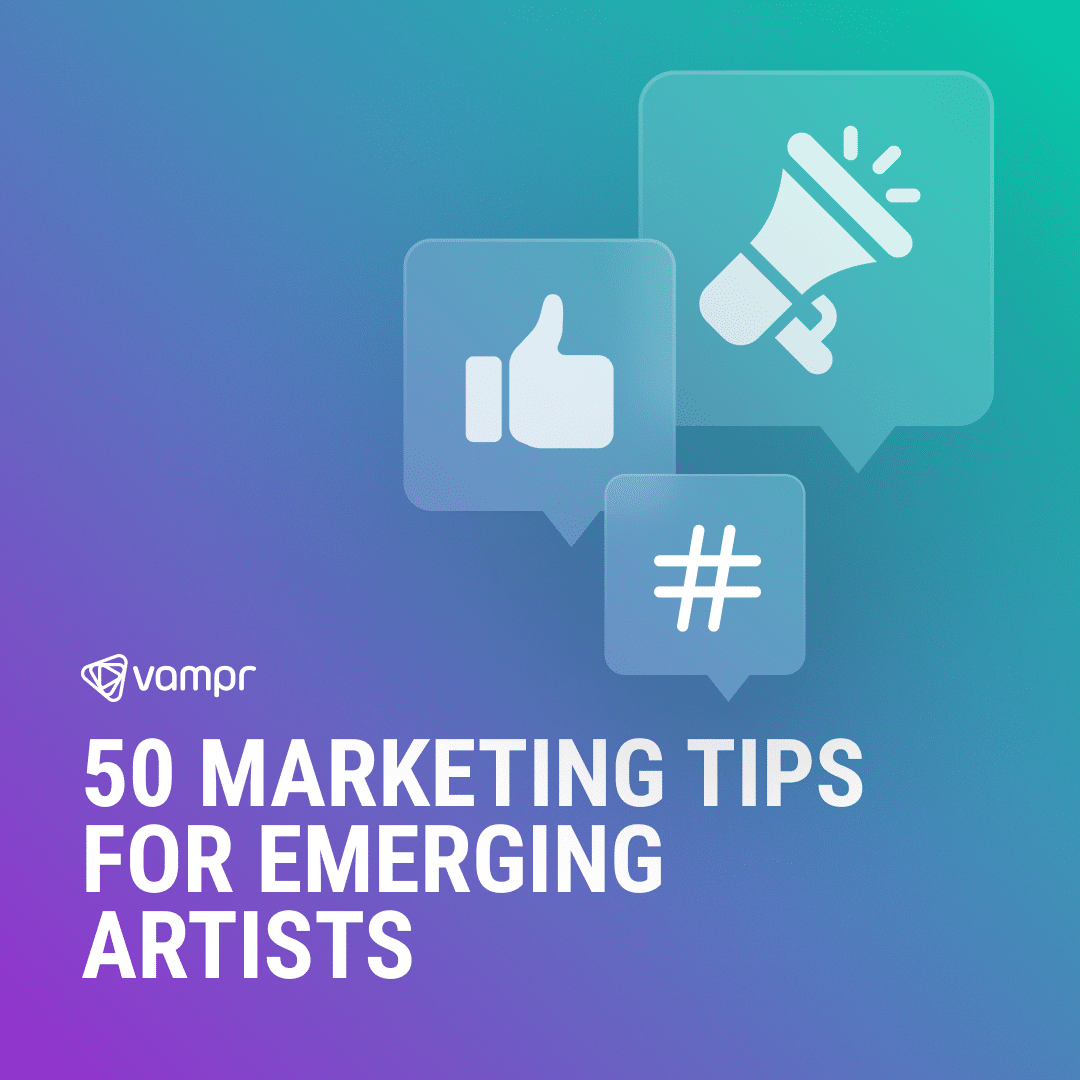Music sharing has undergone a significant transformation over the years. From the days of mixtapes and CDs to the digital era of downloading and streaming, the way we access and share music has continuously evolved. Today, the best music social networks for community building play a pivotal role in how we experience music. These platforms not only provide access to a vast array of songs and albums but also enable us to connect with fellow music enthusiasts and artists globally. The evolution of music sharing has now reached a stage where it’s not just about listening to music but about building a community around it.
User-Friendly Interfaces: Navigating Music Platforms with Ease
These interfaces should be intuitive, allowing users to easily navigate through various sections like playlists, artist profiles, and music libraries. Effective design elements include clear categorization, responsive layouts, and visually appealing graphics that enhance user engagement.
Accessibility is key in music social networks. A platform must cater to both musicians and listeners, ensuring that everyone can use it with ease. This includes features like easy upload procedures for artists, straightforward ways for listeners to discover new music, and simple tools for creating and sharing playlists online. Ensuring that the platform is accessible to people with disabilities is also crucial, involving screen reader compatibility and voice command features.
Users expect to access their favorite music and interact with the community on the go. This means the platform should offer a seamless experience across all devices, be it a desktop, tablet, or smartphone. Cross-platform music network compatibility ensures that users can enjoy their music without any hiccups, regardless of the device they are using. Optimizing the platform for mobile use is not just about scaling down the desktop version; it’s about rethinking the user experience for smaller screens and touch-based interactions.
The ultimate goal of a music social network is to make user interaction with music content as simple and enjoyable as possible. This also involves integrating personalized music recommendations and algorithms to help users discover new songs and artists based on their preferences and listening habits.
Building Community: Connecting with Artists and Fans
One of the most exciting aspects of music social networks is the ability to connect with artists on music social networks. Fans can follow their favorite musicians, getting updates on new releases, tour dates, and personal insights. This direct artist-to-fan connection creates a more intimate experience. Users can often interact with artists through comments or messages, fostering a sense of community and closeness that was rarely possible in traditional music platforms.
Engagement within the music community is a cornerstone of these networks. Users can participate in discussions, share their opinions on different tracks, and connect with others who have similar musical interests. This interaction goes beyond simple listening; it’s about being part of a vibrant, music-loving community. Whether it’s through collaborative playlists, forums, or social media integration, these platforms provide various avenues for users to engage with each other, enhancing the communal aspect of the music experience.
User interaction features such as comments, likes, and shares play a significant role in building a dynamic and interactive music community. They allow users to express their feelings about songs or albums, leading to lively discussions and exchanges of opinions. Best music social networks for community building excel in providing these interactive features in a seamless and integrated manner, encouraging users to be more active and engaged in the community.
Playlist Creation and Sharing: Personalizing Your Music Journey
Crafting the perfect playlist is an art form that reflects an individual’s musical taste and mood. In music social networks, users have the freedom to curate playlists that resonate with their personal experiences or create soundtracks for different aspects of their lives. These platforms often provide tools that make playlist creation intuitive and enjoyable, such as suggesting songs based on chosen tracks or enabling easy search and addition of songs. Creating and sharing playlists online becomes more than just a function; it turns into a creative expression, allowing users to encapsulate emotions, memories, or themes in a musical format.
Music platforms that excel in community building provide seamless options for sharing these playlists, be it through social media integration or within the platform itself. This sharing not only fosters a sense of community but also opens avenues for discovering new music and expanding one’s musical horizons. When users explore playlists curated by others, they are exposed to tracks and artists they might not have found on their own. This feature enriches the music discovery process, making it more diverse and personalized. Music platforms often feature popular or trending playlists, enabling users to tap into the collective musical tastes of the community and explore genres or artists they might be unfamiliar with.
Enhancing Your Music Experience with Playlists
Creating and sharing playlists is a fundamental aspect of personalizing one’s music journey. It’s a way to organize and catalog your favorite tunes, explore new genres, and share your music tastes with others. Here’s a list of ways playlists can enhance your music experience:
- Self-Expression: Playlists allow you to express your mood, personality, and emotions through music.
- Discovery: They are a gateway to discovering new songs and artists, expanding your musical knowledge.
- Connection: Sharing playlists helps you connect with others who have similar music tastes.
- Organization: Playlists help in organizing your favorite tracks for different occasions or moods.
- Collaboration: Collaborative playlists enable you to bond with friends or family over shared musical interests.
- Inspiration: Playlists can be a source of inspiration, whether for creative endeavors or simply finding motivation.
- Memory Lane: They can serve as a musical diary, encapsulating memories and moments in your life.
- Cultural Exchange: Through others’ playlists, you gain insight into different cultures and music styles.
- Community Participation: Contributing to community or public playlists makes you an active participant in the music social network.
- Thematic Exploration: Playlists allow you to explore themes or concepts through a curated set of songs, enhancing your understanding and appreciation of music.
Collaborative playlists take the concept of sharing music to a new level, allowing multiple users to contribute to a single playlist. This collaboration fosters social bonding, as friends or even strangers come together to create a shared musical journey. It’s a way to connect through music, whether it’s for a specific event, mood, or simply a collective exploration of diverse musical tastes.
Personalized Music: The Power of Recommendations Algorithms
In today’s digital age, personalized music recommendations and algorithms play a crucial role in shaping our music discovery journey. These sophisticated algorithms analyze our listening habits, favorite genres, and even the time we spend on particular songs to suggest new music tailored to our tastes. This personalized approach transforms the way we explore music, offering a curated experience that constantly evolves based on our interactions with the platform.
Accurate music suggestions are the backbone of a satisfying user experience in music social networks. These suggestions are not just random; they’re carefully curated based on a complex analysis of user behavior, preferences, and even the type of music trending within similar listener groups. A platform’s ability to deliver spot-on suggestions often determines its popularity and user retention.
The relationship between user feedback and recommendation algorithms is a dynamic and continuous loop. As users interact with the platform – liking, skipping, or saving tracks – the algorithm fine-tunes its recommendations based on these actions. This feedback loop is essential for the refinement of personalized suggestions. Over time, as the platform learns more about the user’s tastes, the recommendations become increasingly accurate, creating a highly personalized and enjoyable listening experience. This ongoing interaction ensures that the platform remains relevant and engaging for each user.
High-Quality Streaming: Ensuring the Best Listening Experience
High-fidelity sound ensures that the music is heard as the artists intended, preserving the richness and depth of the recordings. High-quality music streaming services are dedicated to delivering crystal clear, uninterrupted sound, making the listening experience as immersive and authentic as possible. This emphasis on sound quality is crucial for audiophiles and casual listeners alike, as it elevates the overall enjoyment of music.
Adaptive streaming technology is a key feature of modern music platforms, designed to provide the best possible listening experience regardless of internet speed or bandwidth limitations. This technology adjusts the quality of the stream in real-time, based on the user’s current internet connection. This means that even in areas with slower internet speeds, users can enjoy continuous music playback without frustrating interruptions or significant loss of sound quality.
Lossless audio is a non-negotiable requirement. Lossless formats like FLAC or WAV provide music in its purest form, without any quality loss due to compression. These formats are crucial for listeners who want to experience music at its highest possible quality. Music social networks catering to audiophiles often offer a selection of lossless tracks, ensuring that these users can enjoy their music with the depth, clarity, and nuance that only lossless audio can provide.
While high-quality streaming is desirable, it’s also important to consider data usage, especially for users who stream music on mobile devices. Music platforms face the challenge of balancing high sound quality with reasonable data consumption. To address this, many services offer adjustable quality settings, allowing users to choose lower-quality streams when on limited data plans or higher quality when connected to Wi-Fi. This flexibility is essential in catering to the diverse needs of users, ensuring that they can enjoy great music without worrying about excessive data usage.
Cross-Platform Compatibility: Access Your Music Anywhere
Cloud-based services play a critical role in achieving this cross-platform harmony. By storing user data and preferences in the cloud, music platforms ensure that users have access to their entire music library and personalized settings from any device. This technology enables users to access their music collection and recommendations without the need to transfer files manually. Cloud services thus act as the backbone for cross-platform compatibility, providing users with a flexible and consistent music experience no matter where they are or what device they are using.
Keeping your music library synced across all your devices is a crucial aspect of a good music social network. Users should not have to worry about manually updating their music library or playlists on each device. Automatic synchronization ensures that every change or addition to the library is immediately reflected across all platforms. This feature not only saves time but also enhances the user experience, making it easier to enjoy music spontaneously on any device.
Multi-device accessibility is all about providing convenience and flexibility to users. In a world where people use a variety of devices daily, having the ability to access and control their music seamlessly on all these devices is a significant advantage. Whether it’s through native apps on different operating systems or web-based interfaces, music platforms must ensure that users can enjoy their music with minimal effort and maximum compatibility. This accessibility is especially important for users who want to enjoy music in different settings, be it at home, work, or on the move.
Privacy and Data Control: Safeguarding Your Online Presence
Privacy settings in music social networks play a critical role in protecting user information. These settings should be comprehensive and user-friendly, allowing individuals to control who can view their listening habits, playlists, and interactions. Transparency about how data is used and who has access to it is essential. A platform that empowers users to manage their privacy effectively earns trust and respect, which is crucial in maintaining a loyal user base.
Users should have the option to keep their listening habits private, share them with a select group of friends, or make them public. This level of control is particularly important in music social networks, where listening habits can reflect personal tastes and moods. The ability to customize visibility settings ensures that users feel comfortable and secure while engaging with the platform, enhancing their overall experience.
Monetization for Musicians: Turning Passion into Profit
Effective monetization strategy for artists on music social networks involves subscription models and offering exclusive content. Musicians can create special content like early access to tracks, exclusive behind-the-scenes videos, or unique versions of songs available only to subscribers. This approach not only generates a steady income stream but also deepens the relationship between artists and their most dedicated fans, creating a loyal community around their music.
By partnering with brands or featuring advertisements in their content, artists can earn additional income. This strategy is especially effective when the advertisements are well-aligned with the artist’s image and audience, ensuring that the promotional content is relevant and engaging for their listeners. Sponsorships, on the other hand, can range from branded content to endorsements, providing artists with more opportunities to monetize their online presence while maintaining their artistic integrity.
Live Streaming and Event Promotion: Connecting in Real-Time
Live streaming features for music artists offer a unique way to connect with audiences in real-time, breaking the barriers of geographical limitations. This feature allows artists to perform live, host Q&A sessions, and engage with fans through interactive experiences. For up-and-coming artists, live streaming is a powerful tool to reach a broader audience, while established musicians can maintain and deepen their connection with fans.
Engagement during live sessions is a crucial element that differentiates live streaming from traditional recorded content. Artists have the opportunity to interact directly with their audience through real-time comments, requests, and feedback. This interaction fosters a stronger bond between artists and fans, as it allows for a more personalized and interactive experience.
Advances in technology could lead to more immersive listening experiences, perhaps integrating virtual or augmented reality. We might also see a greater emphasis on privacy settings in music social networks as user data protection becomes increasingly important. The potential for new monetization opportunities for musicians online continues to grow, offering artists more ways to profit from their creativity and hard work. Furthermore, live-streaming features for music artists are likely to become more sophisticated, offering even more interactive and engaging experiences for fans. The future of music social networking is bright, promising a more connected, immersive, and rewarding musical world for artists and listeners alike.




